An assortment of bees were hard at work on native flowers at Wyalusing and Belmont avenues in the Belmont neighborhood of West Philadelphia in late July. A colorful row house-sized mural of Ed Bradley, the late award-winning journalist and West Philly native, towered overhead, blending into the bright yellow of the sweet coneflowers, the pink of the anise hyssop, the lavender of the blazing star and the magenta of the purple coneflower blooming in the garden at Bradley’s waist.

“This is my relaxation spot,” says Aminata Sandra Calhoun, who lives around the corner on Belmont. Calhoun grew up on the block, but, after living in Northern Liberties, moved back after her parents passed away to take care of property they had owned. She was dismayed by the litter and urban decay she found in her old neighborhood.
As she prepared to move back in 2016, Calhoun dedicated herself to organizing cleanup efforts. That included lobbying the city to remove two collapsing buildings at the corner of Wyalusing and Belmont.
“For 16 months I was sending letters and emails,” she says. She then moved on to contacting Mural Arts Philadelphia to advocate for a mural on the remaining wall, leading to the Ed Bradley work, painted in 2017 and 2018. Calhoun, who describes herself as “an environmental warrior,” then organized a mindful zero-waste cleanup effort on her block. When the Pennsylvania Horticultural Society (PHS) reached out about installing a pollinator garden, she welcomed the initiative.
The pollinator garden is part of a pilot program launched by PHS, along with the National Wildlife Federation (NWF) in Philadelphia’s Mantua and Strawberry Mansion neighborhoods.
“The pollinator gardens are gardens with native species of plants that will support a healthy ecosystem of pollinators, for example bees, butterflies and birds,” says Samir Dalal, planning manager for Philadelphia LandCare, a program that works with community groups and contractors to clean up vacant lots and plant them with lawn grass and small trees.
“About two weeks back I saw a gentleman in the front of the garden. I said, ‘Isn’t it beautiful?’ and he said, ‘I’m in West Philadelphia seeing this?’ ” she laughs. “And I said, ‘Yes, you are!’”
“Normally we take these vacant lots that are in disarray and turn them into a community asset, clean and green,” says Dalal. Research into LandCare has shown that greening vacant lots reduces gun violence, raises property values and improves the emotional well-being of neighbors.
Still, NWF staff, on a visit to Philadelphia in 2018, realized these greened lots could do more if they were planted with native wildflowers, according to Holly Gallagher, senior manager of education and community conservation, NWF Mid-Atlantic
Regional Center.
“NWF has done a lot of work creating pollinator habitat, corridors and, upon seeing the spaces in Philadelphia, just-lawn-mowed spaces, we started talking about the additional value for pollinators and community members if they were planted with native plants,” Gallagher says.
In addition to helping pollinators and adding beauty to the lots, the increased vegetation—compared to mowed grass—could mitigate some effects of global warming. As rising temperatures fuel heavier rainstorms, the extra vegetation could soak up more water and help cool the urban landscape, says Gallagher.
PHS and NWF are working with Christopher Swan, Ph.D., professor of geography and environmental systems at the University of Maryland, Baltimore County, to study which of the native plants thrive in urban settings, information that will guide future urban plantings.
The 50 gardens are planted with different combinations of native plant species. At Wyalusing and Mantua avenues, another garden looked similar but not identical to the one at Belmont. It featured some repeats such as the purple coneflower and the blazing star, but also the bright orange flowers of butterfly weed, a species of milkweed.
“It’s a huge variety of plants, thousands of plants in different combinations,” says Swan. “The idea is that some plants are high, some plants are low, some plants spread out, some don’t. Some plants have different shaped flowers, some plants attract certain pollinators, some don’t need pollinators at all, so the theory is that as you increase the number of species, you increase the likelihood that you will have species that provide the services you’re looking for.”
Those services already include neighborhood beautification.
“Neighbors are loving the gardens,” Dalal says. “There are people working on how to bring the kids out to learn about them. This is a learning opportunity to teach about native plants and pollinators, which excites community gardeners because they want pollinators for their gardens.”
Calhoun, who comes out four times a week to pick up trash in her local pollinator garden, enjoys engaging passersby while she’s cleaning up.
“About two weeks back I saw a gentleman in the front of the garden. I said, ‘Isn’t it beautiful?’ and he said, ‘I’m in West Philadelphia seeing this?’ ” she laughs. “And I said, ‘Yes, you are!’”


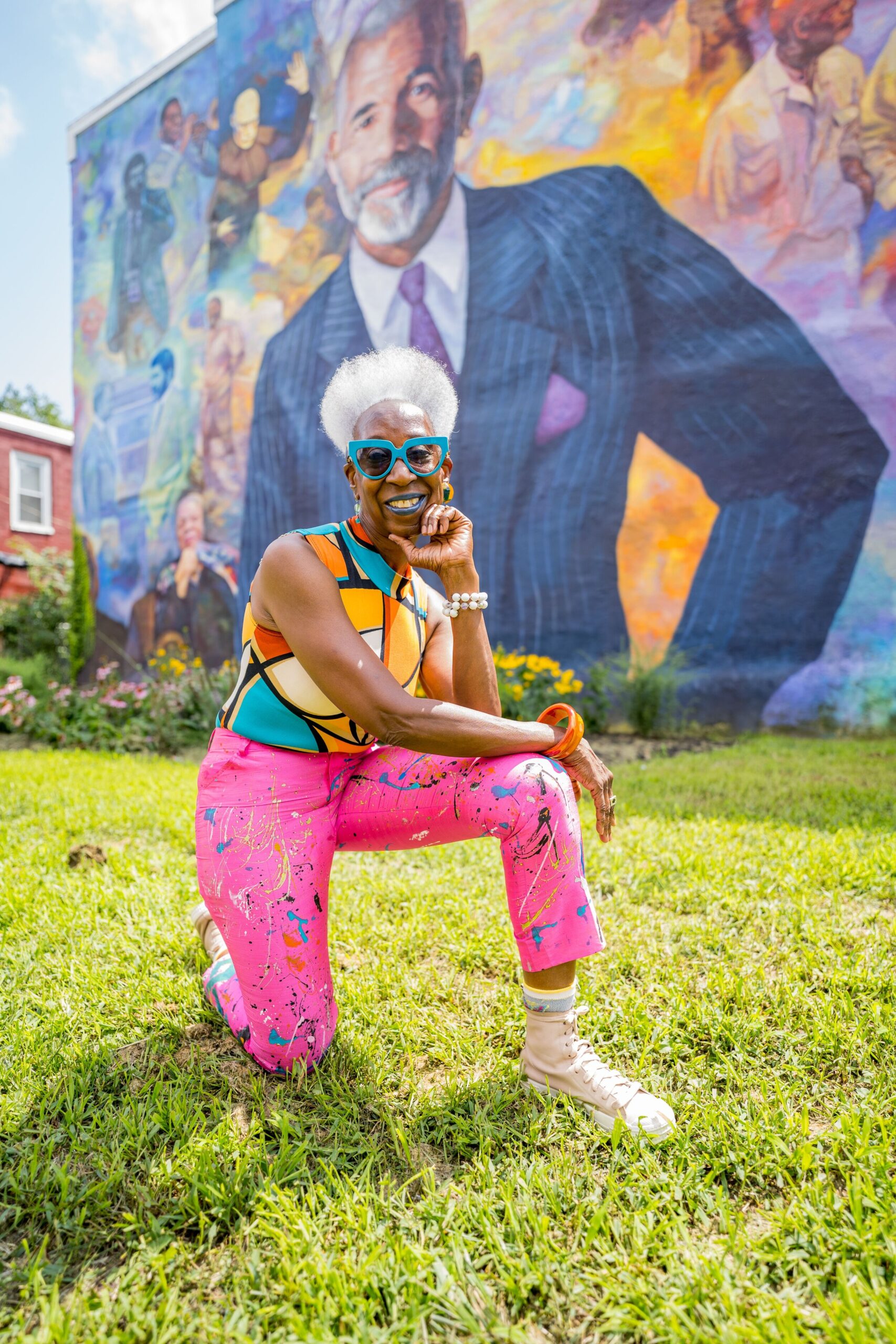

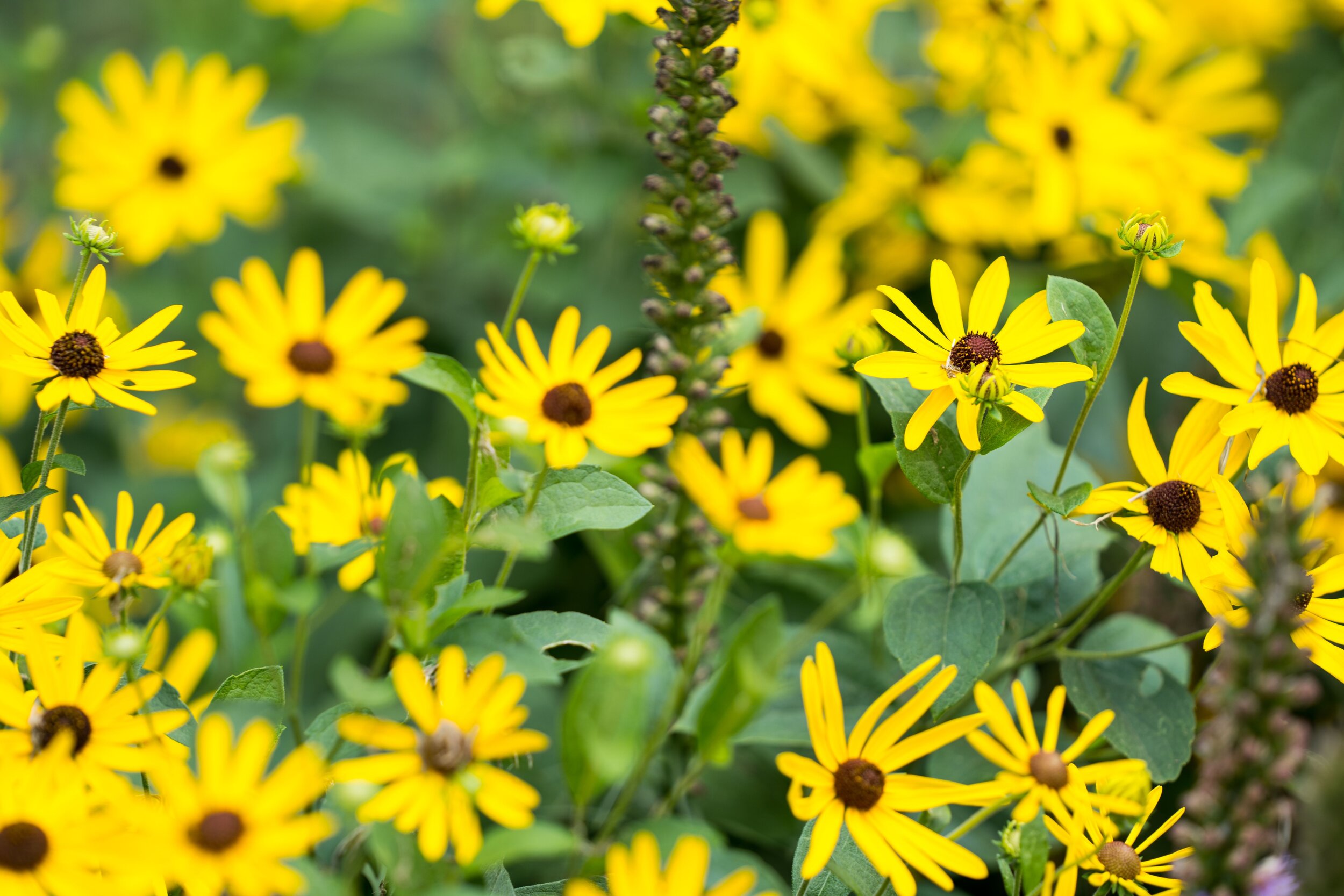
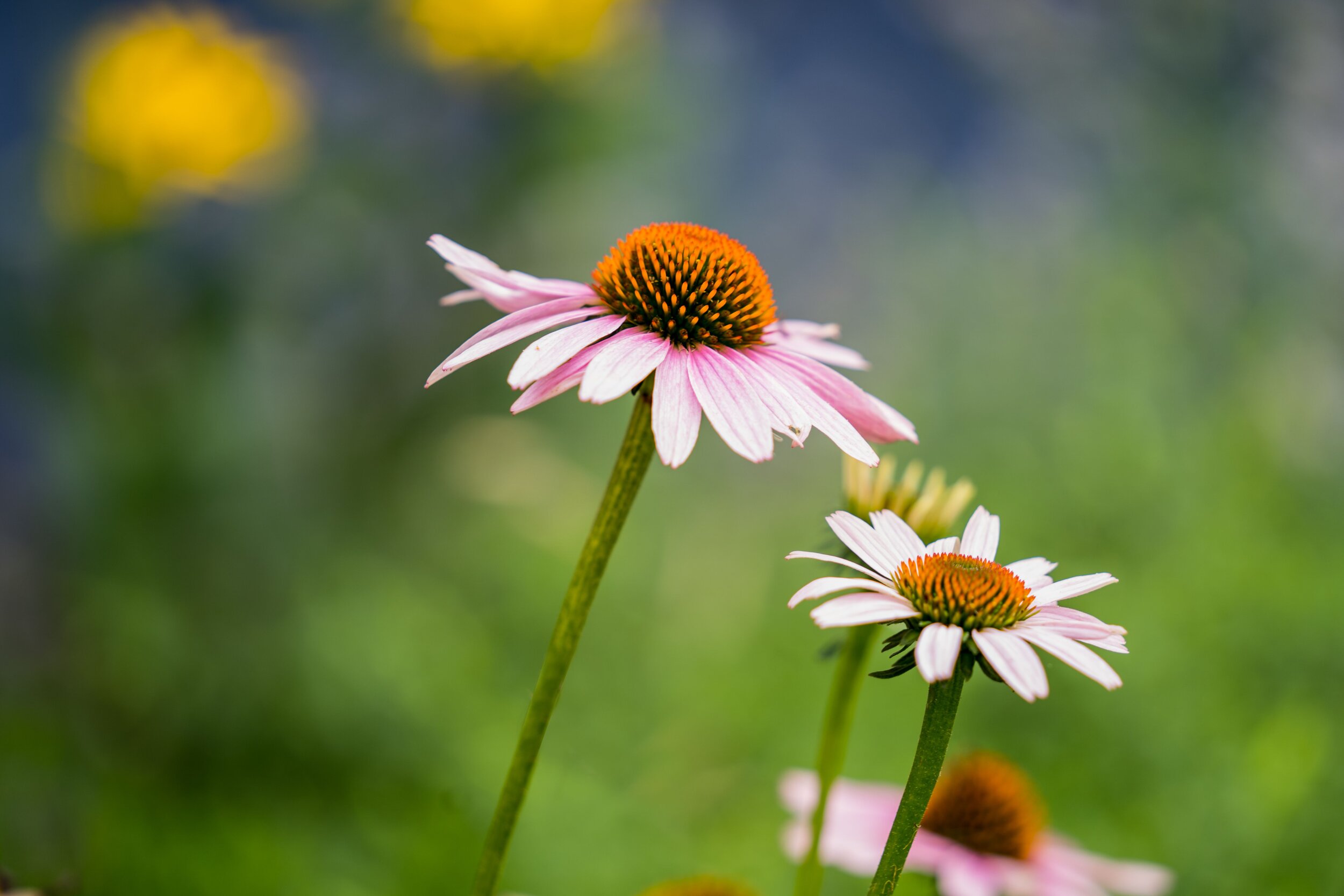


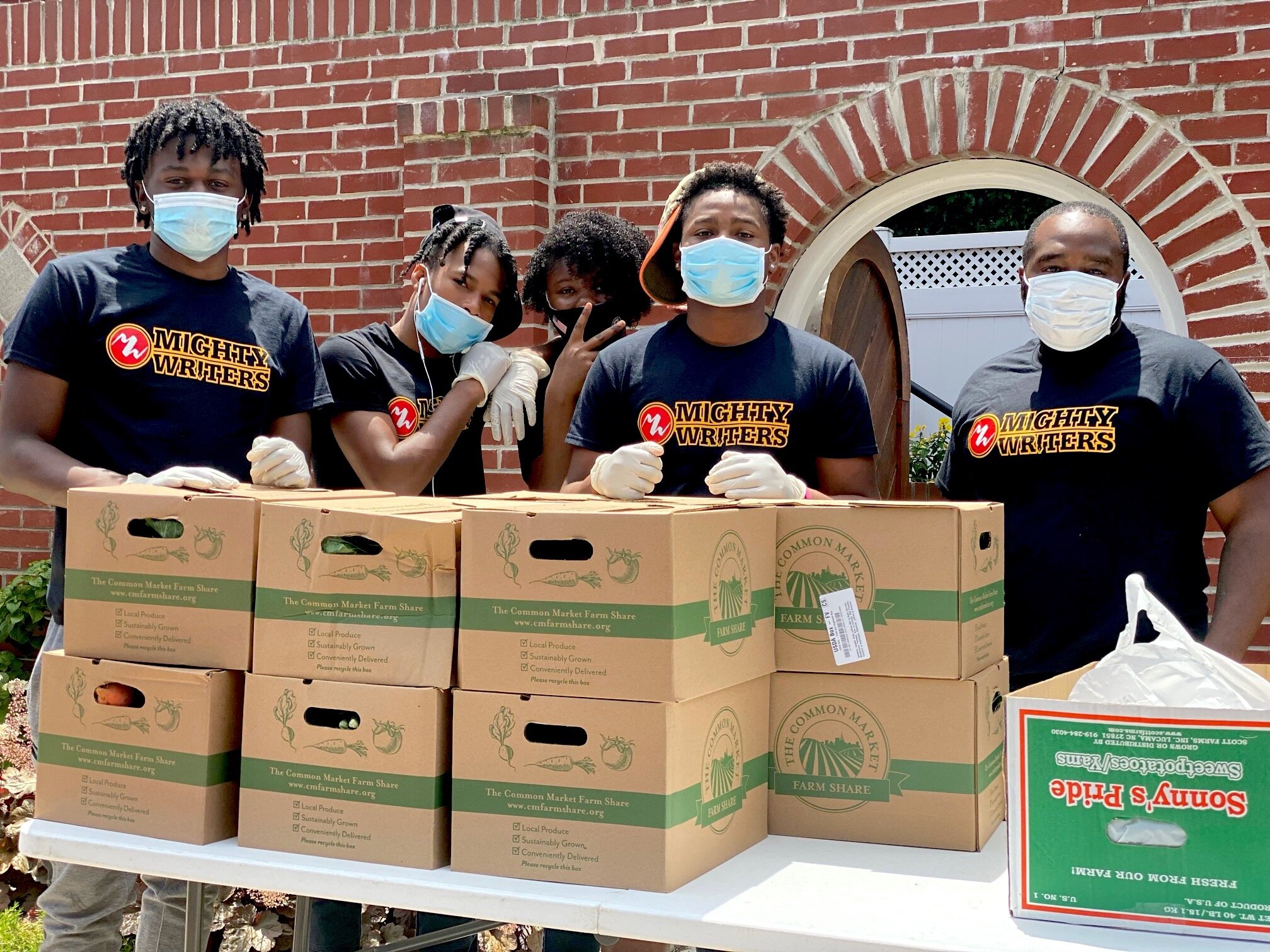
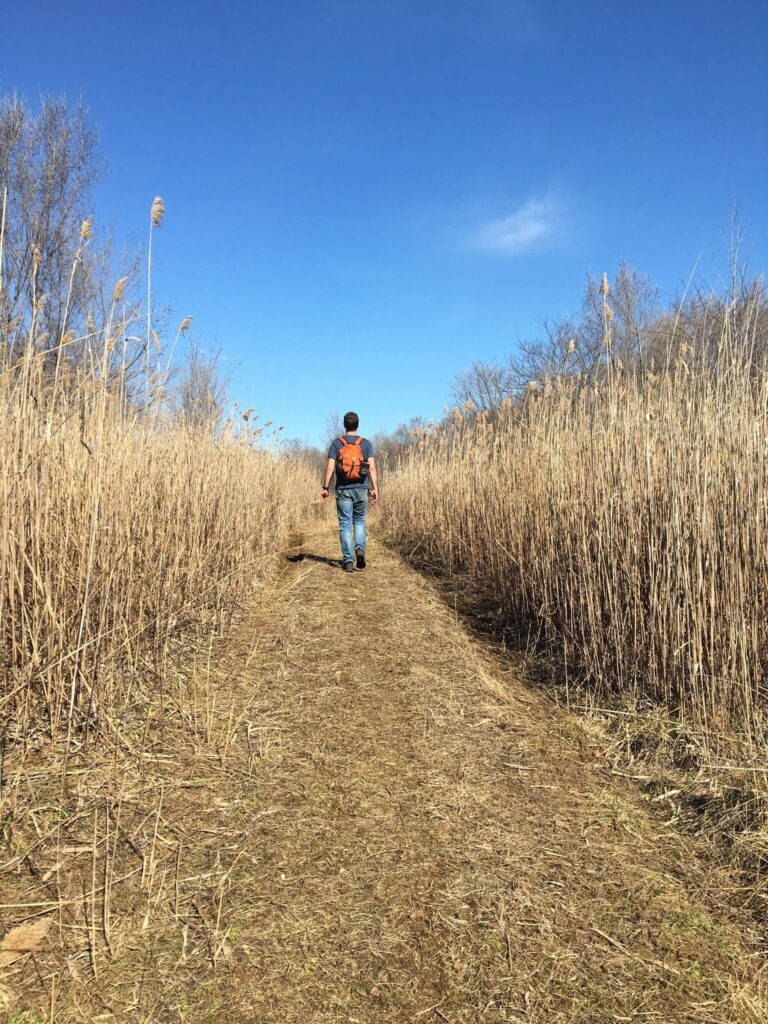
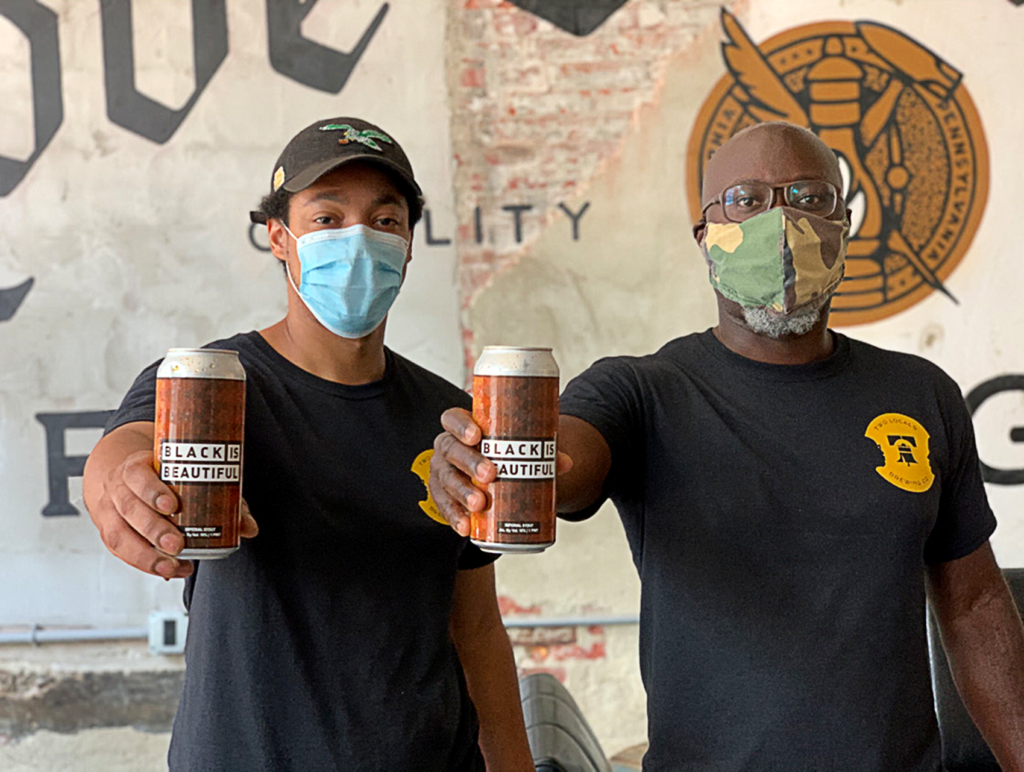
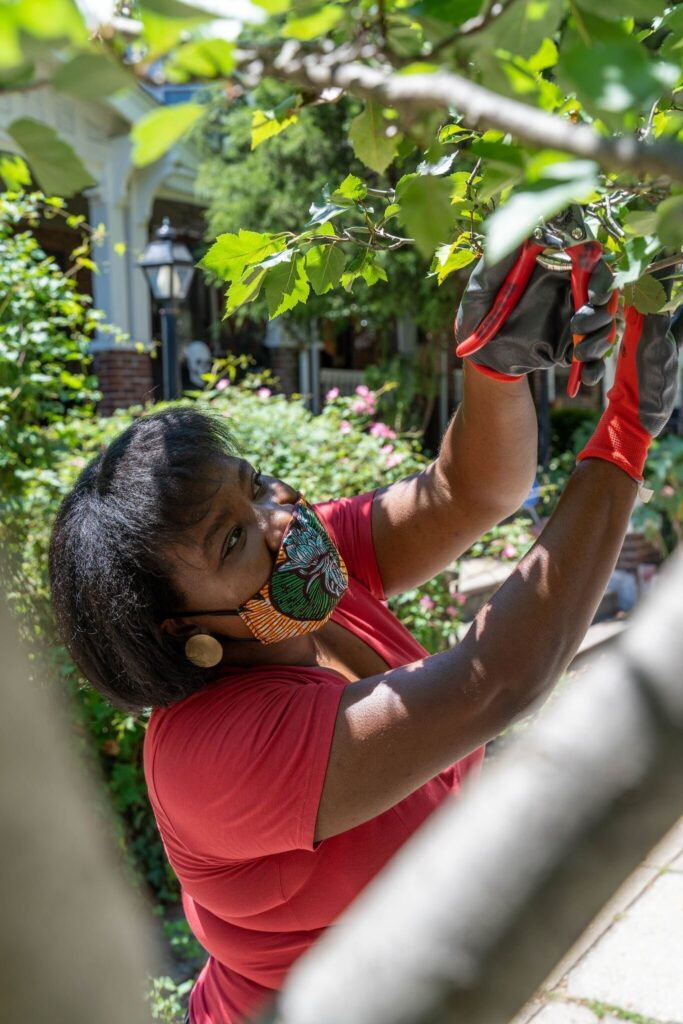

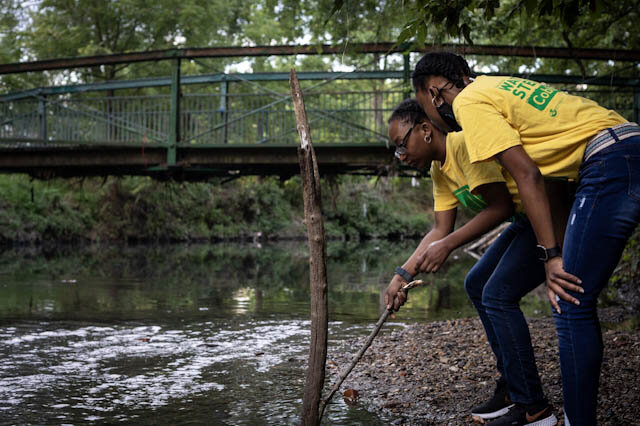
[…] to advance a circular economy in Philadelphia. For a taste of the work Aminata has done, check out Grid Magazine’s September 2020 Cover Story on her efforts just to green a small corner of her Belmont neighborhood in West Philly. Beyond […]